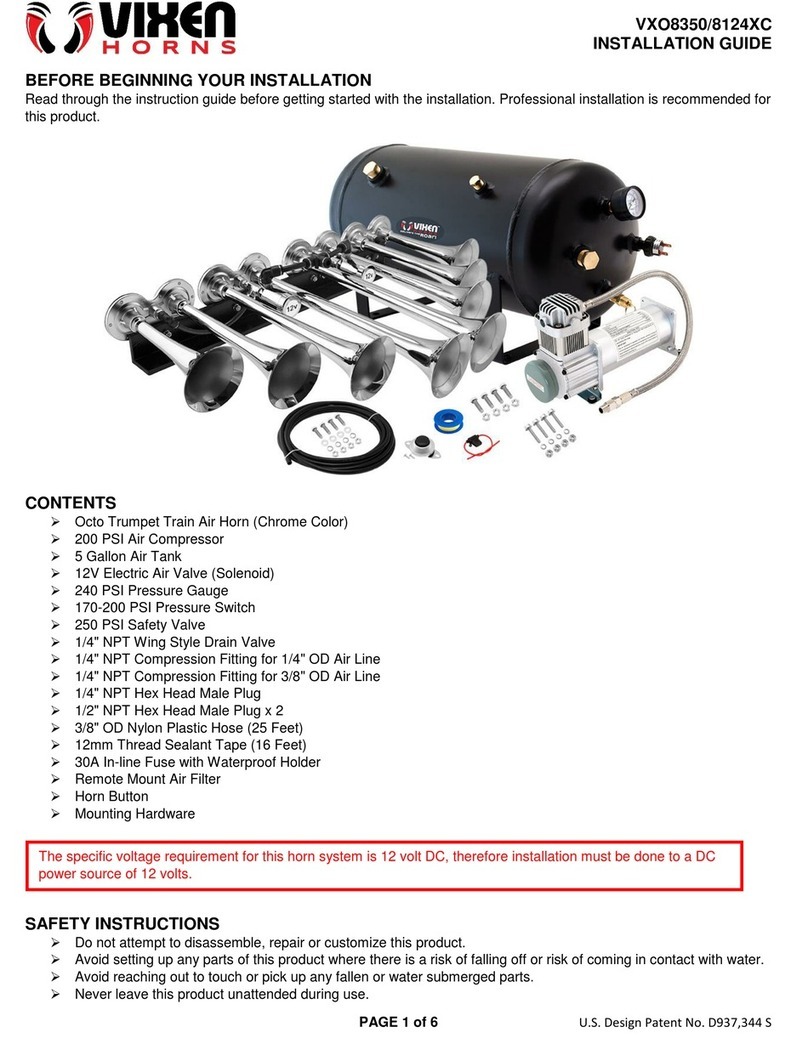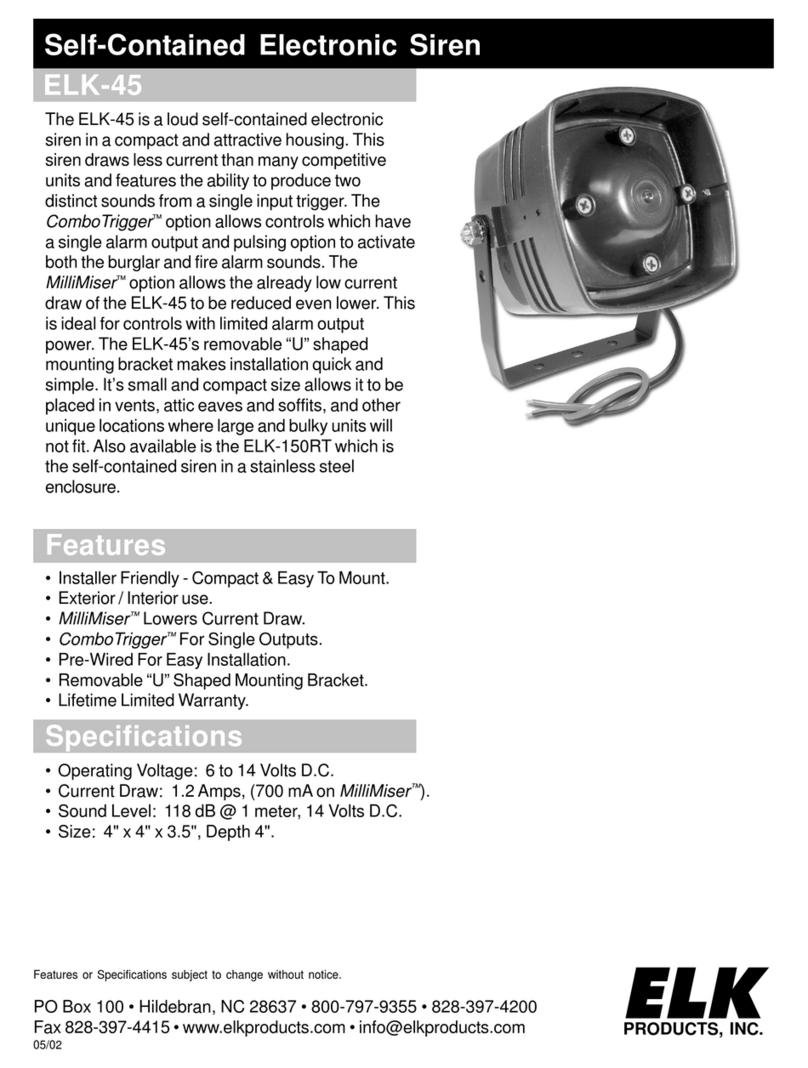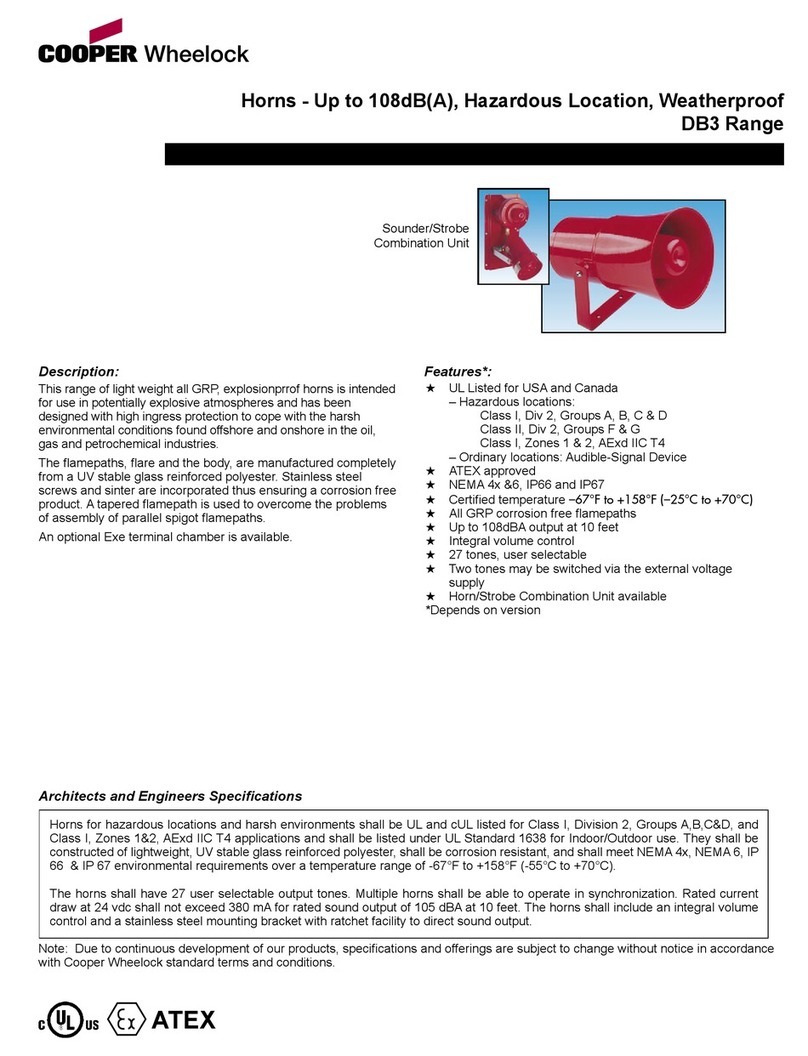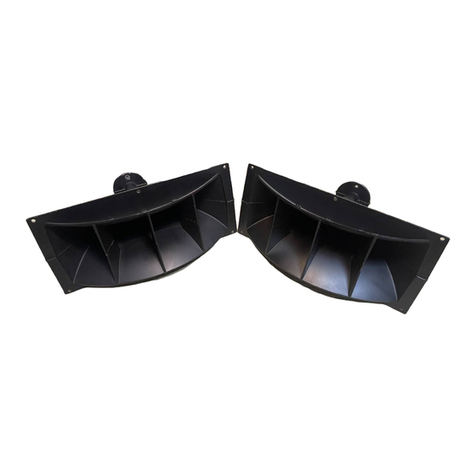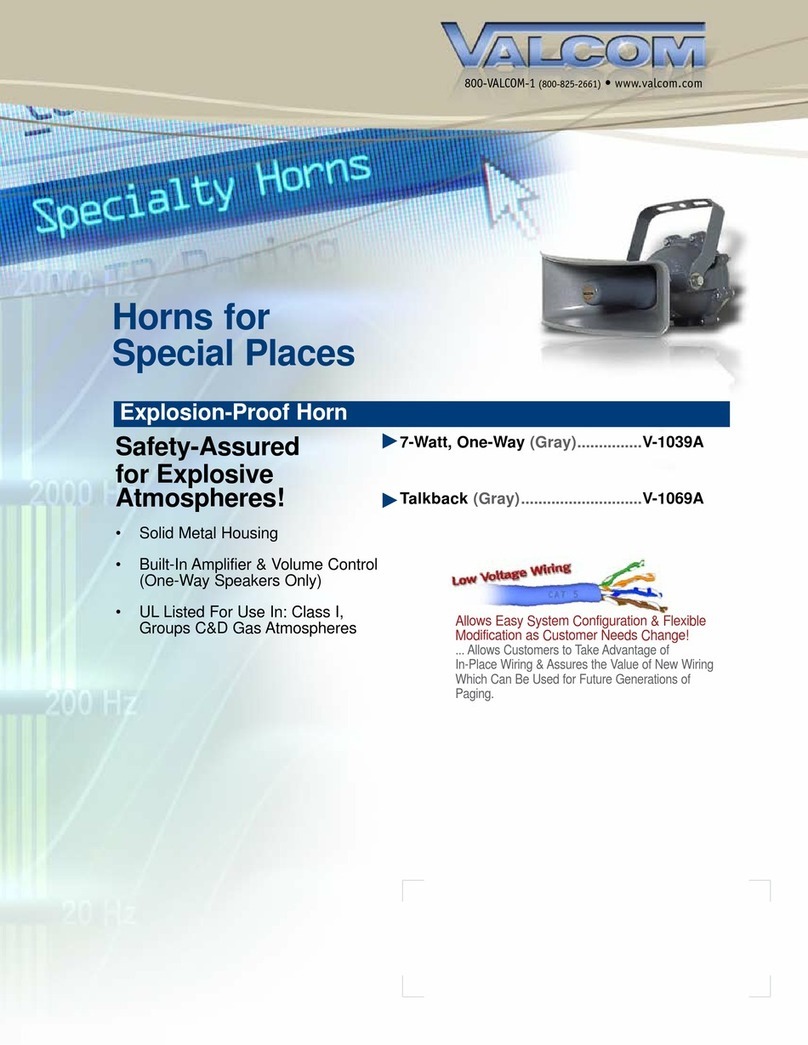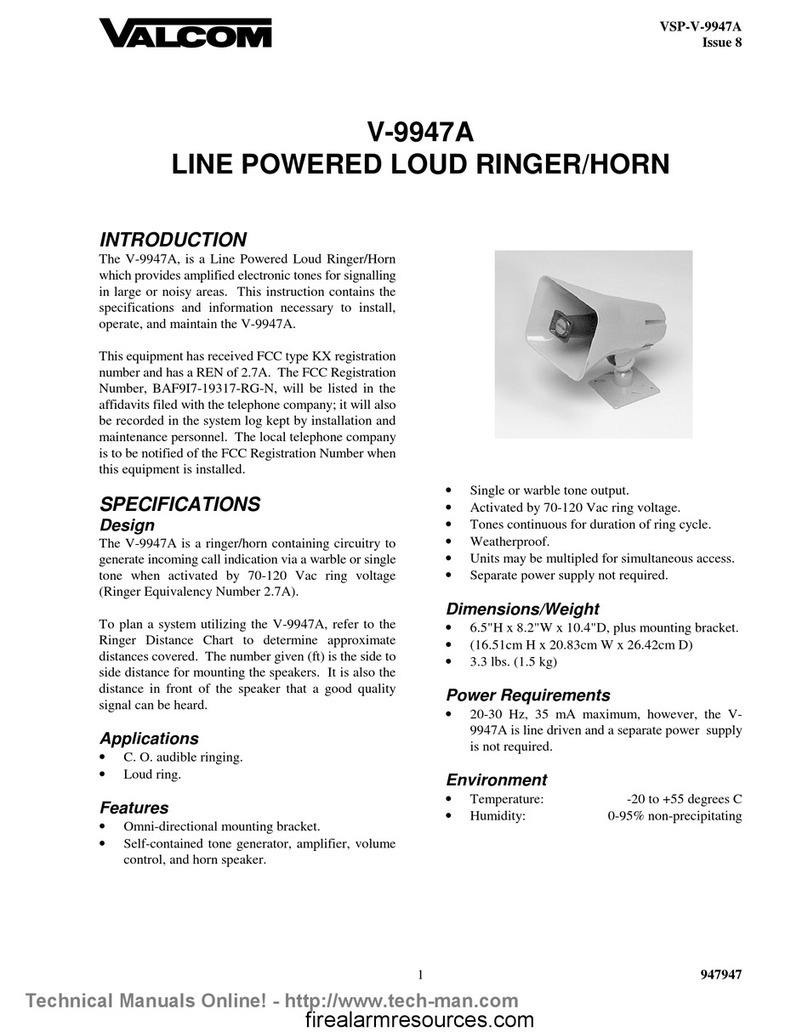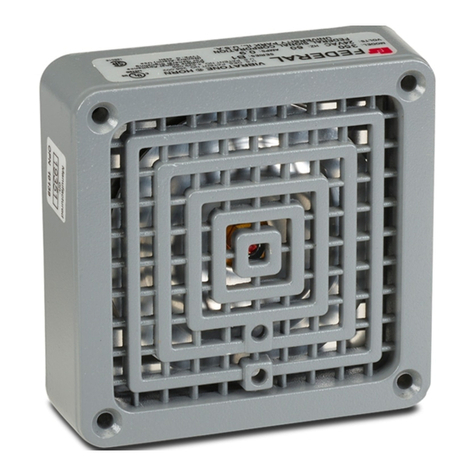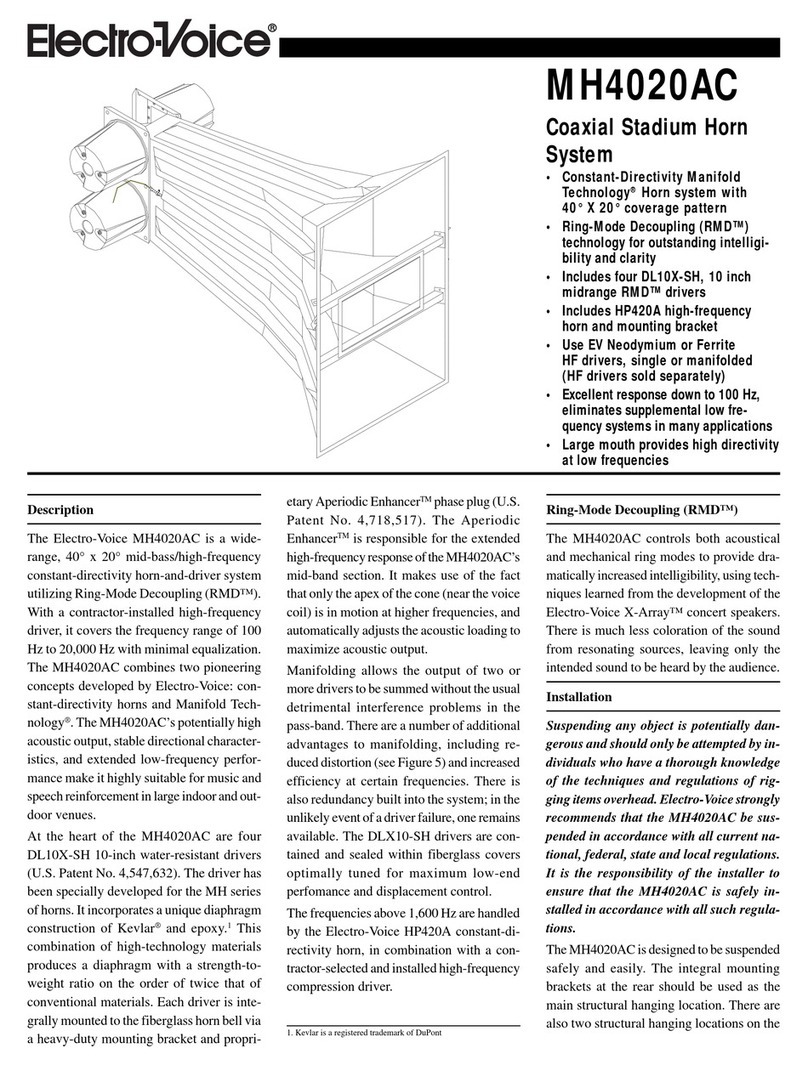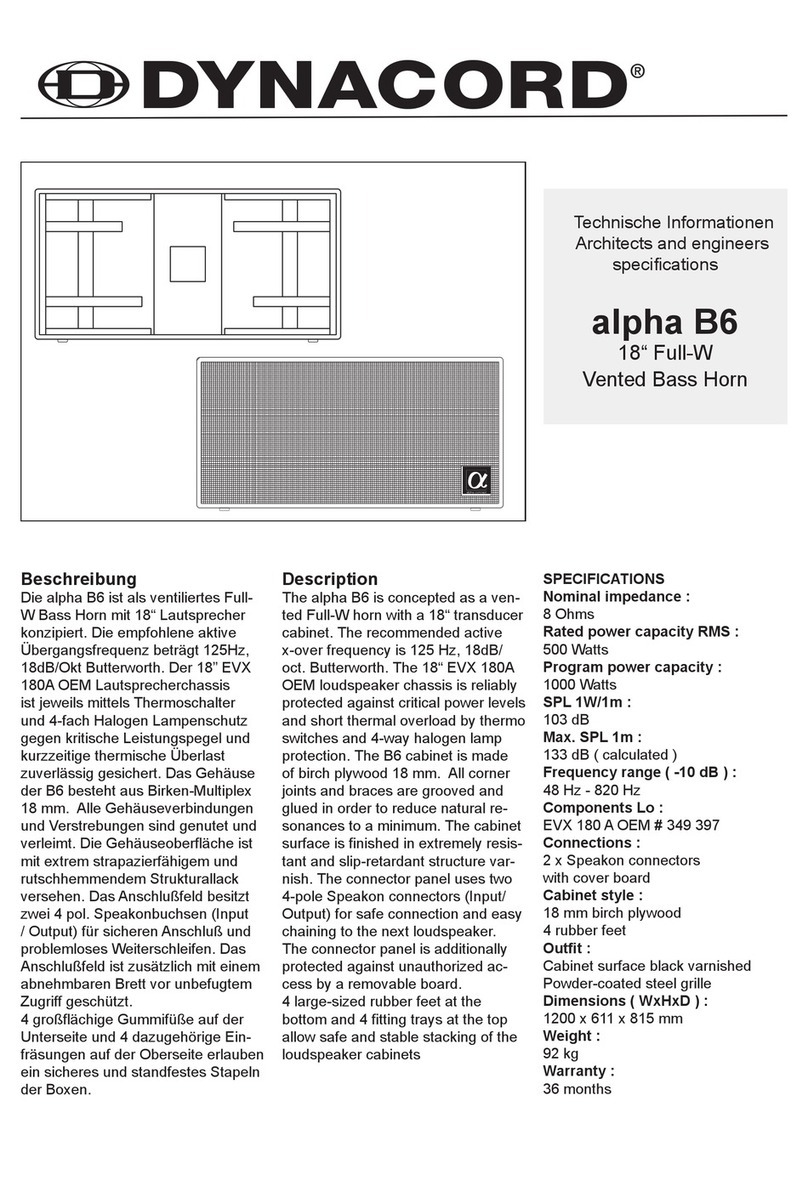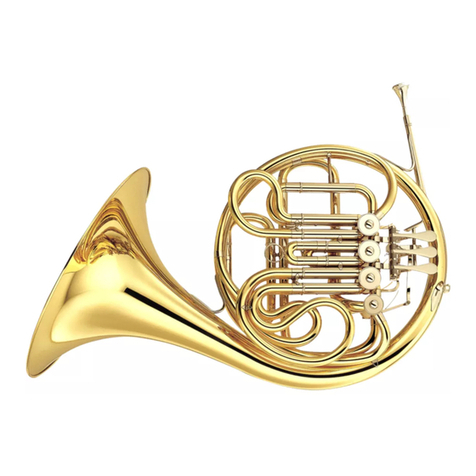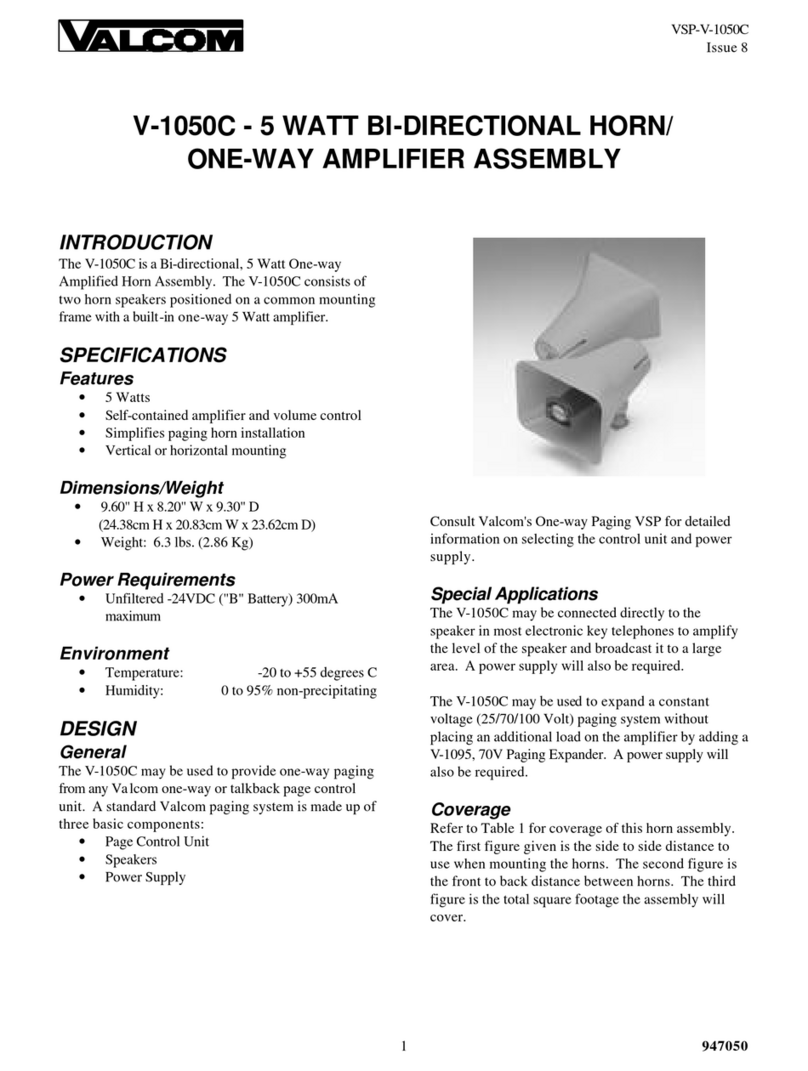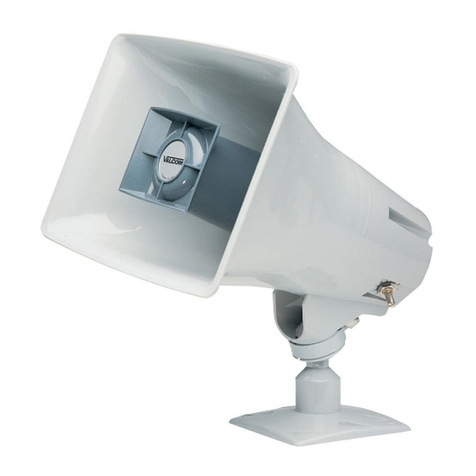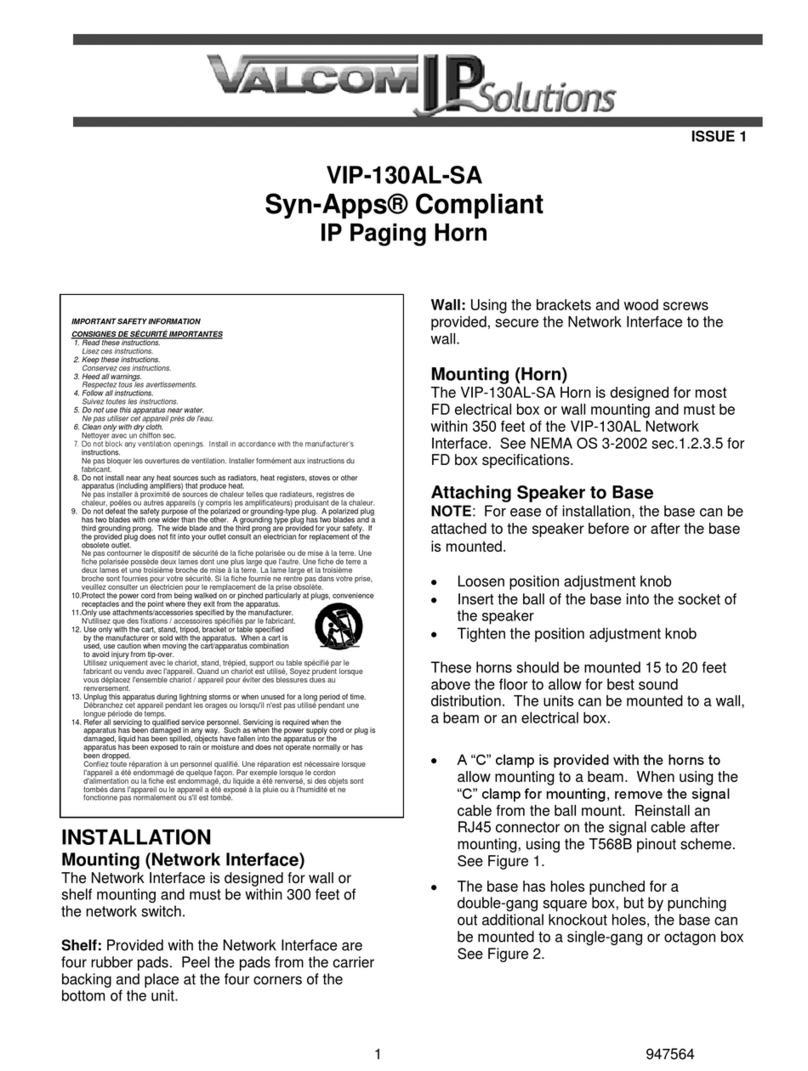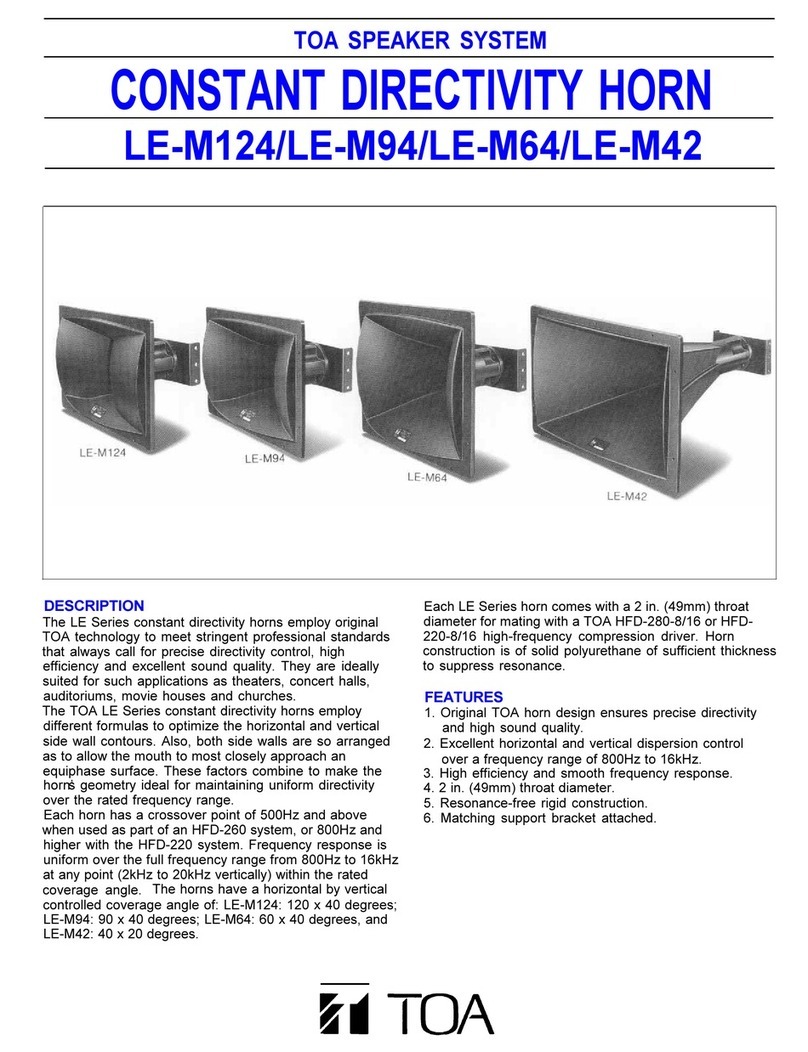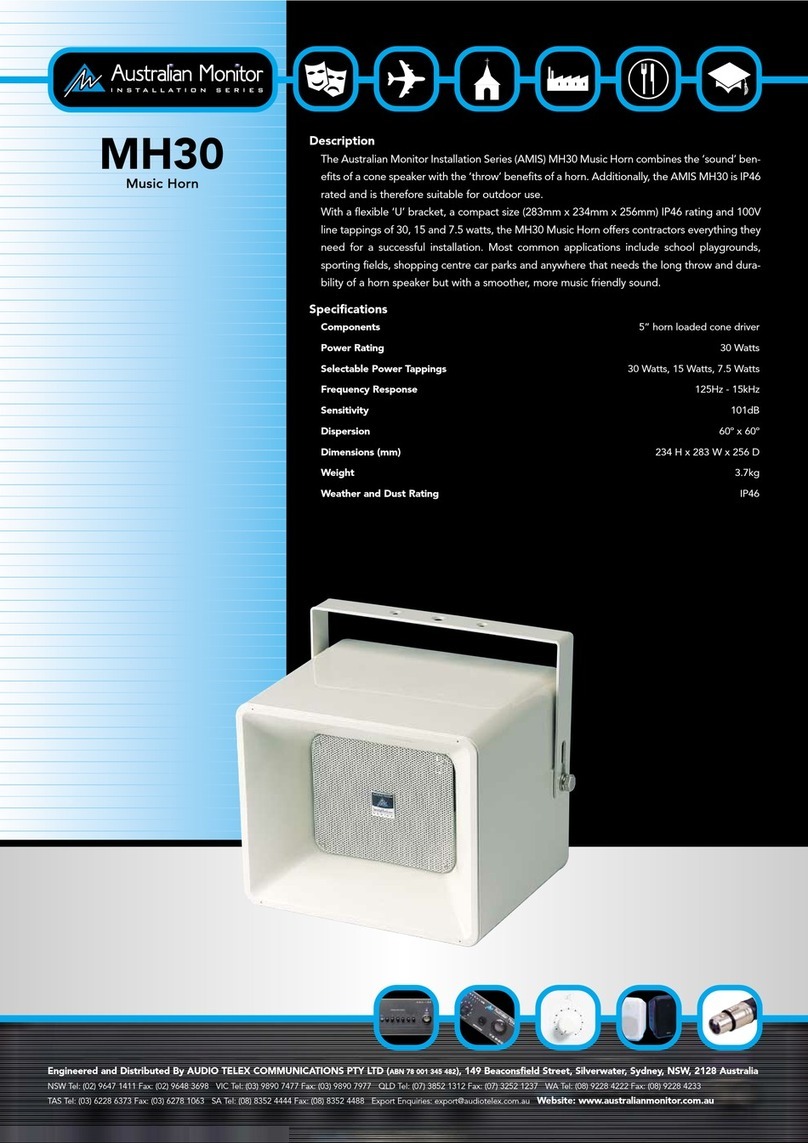
19
Horn
Owner’s Manual
Precautions Please read before using
Do not throw or swing the instrument.
The mouthpiece or other parts may fall off hitting other people.
Always treat the instrument gently.
Keep the oil, polish, etc., out of children’s mouths.
Keep the oil, polish, etc., out of children’s reach and do main-
tenance when children are not present.
Keep small parts out of the reach of infants.
Your children may accidentally swallow them.
Be aware of climatic conditions such as tem-
perature, humidity, etc.
Keep the instrument away from heat sources such as heaters,
etc. Also, do not use or store the instrument in any extreme
conditions of temperature or humidity. Doing so may result in
damage to key balance, linkage, or pads, resulting in problems
during performance.
Never use benzene or thinner for maintenance on
instruments with a lacquer finish.
Doing so may result in damage to the finish’s top coat.
Take care not to disfigure the instrument.
Placing the instrument where it is unstable may cause the
instrument to fall or drop resulting in disfigurement. Take care
as to where and how you place the instrument.
Do not modify the instrument.
Besides voiding the warranty, modification of the instrument
may make repairs impossible.
The precautions given below concern the proper and safe use of the instrument, and are to pro-
tect you and others from any damage or injuries. Please follow and obey these precautions.
If children are using the instrument, a guardian should clearly explain these precautions to the child and make sure they
are fully understood and obeyed. After reading this manual, please keep it in a safe place for future reference.
■About the Icons
: This icon indicates points which should be paid attention to. : This icon indicates actions that are prohibited.
Caution Disobeying the points indicated with this mark may lead to
damage or injury.
In regards to brass instruments with a plate finish, the color of the finish may change over time however, it should
be of no concern in regards to the instrument’s performance. Discoloration in its early stage can easily be removed
with maintenance. (As discoloration progresses, it may be difficult to remove.)
* Please use the accessories that are specified for use with the particular type of finish found on the instrument. Also, metal polishes remove a
thin layer of the finish’s top coat which will make the finish thinner. Please be aware of this before using polish.

